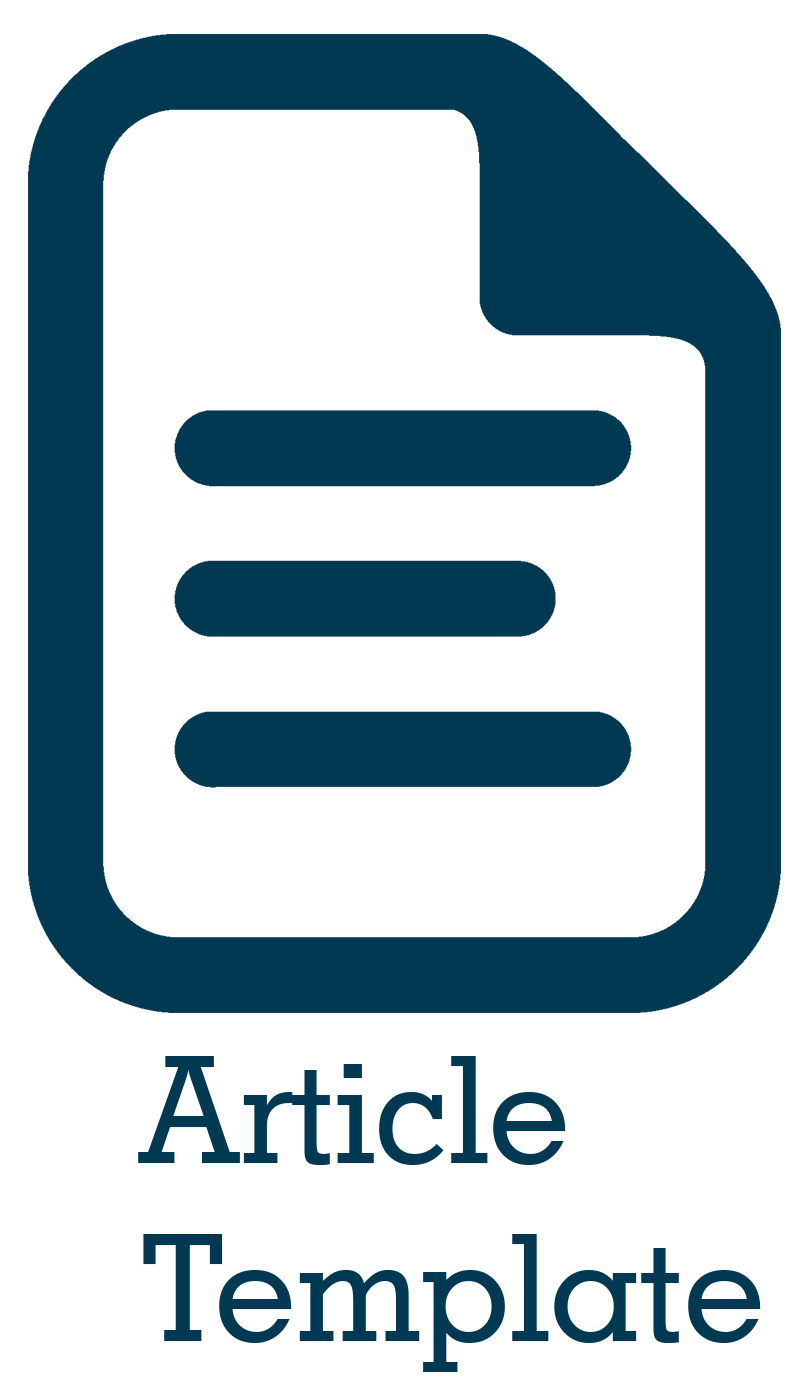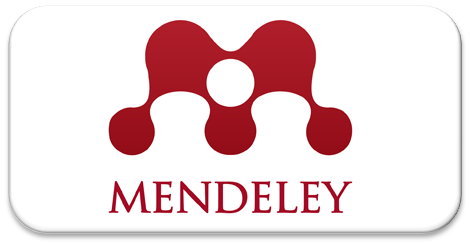Implementasi Model Pembelajaran Cooperative Learning Tipe Jigsaw untuk Meningkatkan Hasil Belajar Kimia Materi Hidrolisis Garam pada Siswa Kelas XI IPA 2 MAN 1 Pidie
Abstract
Cooperative learning Type Jigsaw is a learning method that encourages students to study in groups through discussions so that they can collectively and responsibly help each other understand the material. This research is a type of classroom action research (PTK), which is designed by implementing the Jigsaw Cooperative learning learning model in salt hydrolysis material for students in grades XI, IPA, 2, and MAN, 1, respectively. The results of this study indicate that the Jigsaw Cooperative learning model can improve student learning outcomes in the chemistry subject matter of salt hydrolysis. Implementation of this learning model can encourage students to work together in teams to analyze problems, discuss them, and answer questions related to the material presented. The results of observations after treatment showed that all students succeeded in learning mastery (100%) and student learning activities reached active and very active categories. The use of media images when implementing Jigsaw-type cooperative learning is one factor that influences learning mastery.
Abstrak
Cooperative learning tipe jigsaw merupakan metode pembelajaran yang mendorong siswa untuk belajar secara berkelompok dalam bentuk diskusi agar mereka dapat saling membantu untuk memahami materi secara kolektif dan penuh tanggung jawab. Penelitian ini merupakan jenis penelitian tindakan kelas (PTK) yang didesain dengan mengimplementasikan model pembelajaran Cooperative learning tipe jigsaw dalam materi Hidrolisis garam pada siswa XI IPA 2 MAN 1 Pidie. Hasil penelitian ini menunjukkan bahwa model pembelajaran Cooperative learning tipe jigsaw dapat meningkatkan hasil belajar siswa dalam pelajaran Kimia materi hidrolisis garam. Implementasi model pembelajaran ini dalam mendorong siswa untuk bekerja sama dengan tim kelompok untuk menganalisis masalah, berdiskusi, dan menjawab persoalan terkait materi yang disampaikan. Hasil pengamatan setelah perlakuan menunjukkan seluruh siswa berhasil mengalami ketuntasan belajar (100%) dam aktivitas belajar siswa mencapai kategori aktif dan sangat aktif. Salah satu hal yang mempengaruhi ketuntasan belajar tersebut adalah penggunaan media gambar pada saat pelaksanaan pembelajaran cooperative learning tipe jigsaw.
References
Aqib, Z., & Chotibuddin, M. (2018). Teori dan Aplikasi Penelitian Tindakan Kelas (PTK). Penerbit Deepublish.
Arianti, A. (2019). PERANAN GURU DALAM MENINGKATKAN MOTIVASI BELAJAR SISWA. DIDAKTIKA : Jurnal Kependidikan, 12(2), 117–134. https://doi.org/10.30863/didaktika.v12i2.181
Cruickshank, D. R., Jenkins, D. B., & Metcalf, K. K. (2013). Perilaku Mengajar (The Act of Teaching). Salemba Humanika.
Hasibuan, A. T., & Prastowo, A. (2019). KONSEP PENDIDIKAN ABAD 21: KEPEMIMPINAN DAN PENGEMBANGAN SUMBER DAYA MANUSIA SD/MI. MAGISTRA: Media Pengembangan Ilmu Pendidikan Dasar Dan Keislaman, 10(1). https://doi.org/10.31942/mgs.v10i1.2714
Hengki Primayana, K. (2016). MANAJEMEN SUMBER DAYA MANUSIA DALAM PENINGKATAN MUTU PENDIDIKAN DI PERGURUAN TINGGI. Jurnal Penjaminan Mutu, 1(2), 7. https://doi.org/10.25078/jpm.v1i2.45
Slavin, R. E. (1985). An Introduction to Cooperative learning Research. Learning to Cooperate, Cooperating to Learn, 5–15. https://doi.org/10.1007/978-1-4899-3650-9_1
Sopian, A. (2016). TUGAS, PERAN, DAN FUNGSI GURU DALAM PENDIDIKAN. Raudhah Proud To Be Professionals : Jurnal Tarbiyah Islamiyah, 1(1), 88–97. https://doi.org/10.48094/raudhah.v1i1.10
Sudjana, N. (2004). Dasar-dasar Proses Belajar Mengajar. Sinar Baru Algensido Offset.
Widayati, A. (2014). PENELITIAN TINDAKAN KELAS. Jurnal Pendidikan Akuntansi Indonesia, 6(1). https://doi.org/10.21831/jpai.v6i1.1793
Copyright (c) 2022 Nursiah

This work is licensed under a Creative Commons Attribution-ShareAlike 4.0 International License.
Authors who publish in SINTHOP: Media Kajian Agama, Sosial dan Budaya agree to the following terms:
- Authors retain copyright and grant the journal right of first publication with the work simultaneously licensed Attribution-ShareAlike 4.0 International (CC BY-SA 4.0) that allows others to share the work with an acknowledgment of the work's authorship and initial publication in this journal.
- Authors are able to enter into separate, additional contractual arrangements for the non-exclusive distribution of the journal's published version of the work (e.g., post it to an institutional repository or publish it in a book), with an acknowledgment of its initial publication in this journal.
- Authors are permitted and encouraged to post their work online (e.g., in institutional repositories or on their website) prior to and during the submission process, as it can lead to productive exchanges, as well as earlier and greater citation of published work. (See The Effect of Open Acces)









.png)

.png)
.png)
.png)


